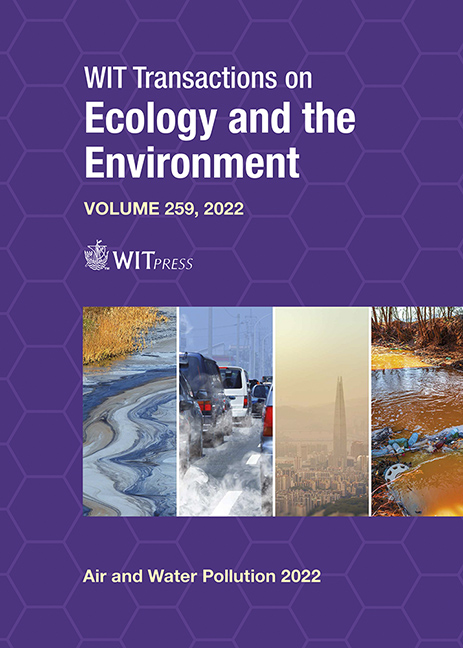EVOLUTION OF THE ACTIVATED SLUDGE COMMUNITY OF A WASTEWATER TREATMENT PLANT WITH INDUSTRIAL DISCHARGES
Price
Free (open access)
Transaction
Volume
259
Pages
10
Page Range
137 - 146
Published
2022
Paper DOI
10.2495/AWP220121
Copyright
Author(s)
ÁNGELA BAEZA-SERRANO, FELIU SEMPERE, NURIA OLIVER, PILAR GUTIÉRREZ, GLORIA FAYOS
Abstract
Stability and high microbial activity of the biological processes in wastewater treatment plants (WWTPs) based on activated sludge processes, is a key factor for the correct treatment of wastewater prior to its discharge into the environment. This can be a challenge, as WWTPs are obliged to treat all the wastewater they receive, including possible uncontrolled discharges, some containing toxic substances or poorly balanced loads to the microorganisms in charge of carrying out the wastewater treatment. In fact, the effects of these pollutants on biological treatment by activated sludge include inhibition of bacteria in the removal of organic compounds and nutrients, reduction of the efficiency of solids separation and modification of the compaction properties of the sludge, effects that can have a negative impact on the treatment processes and on the quality of WWTP effluents. The aim of this study is to describe the composition and changes of the bacterial community in a Spanish full-scale activated sludge WWTP which suffers seasonal discharges from the vegetable canning industry during a year.
Keywords
activated sludge, metagenomic analysis, industrial discharges, bacterial community




